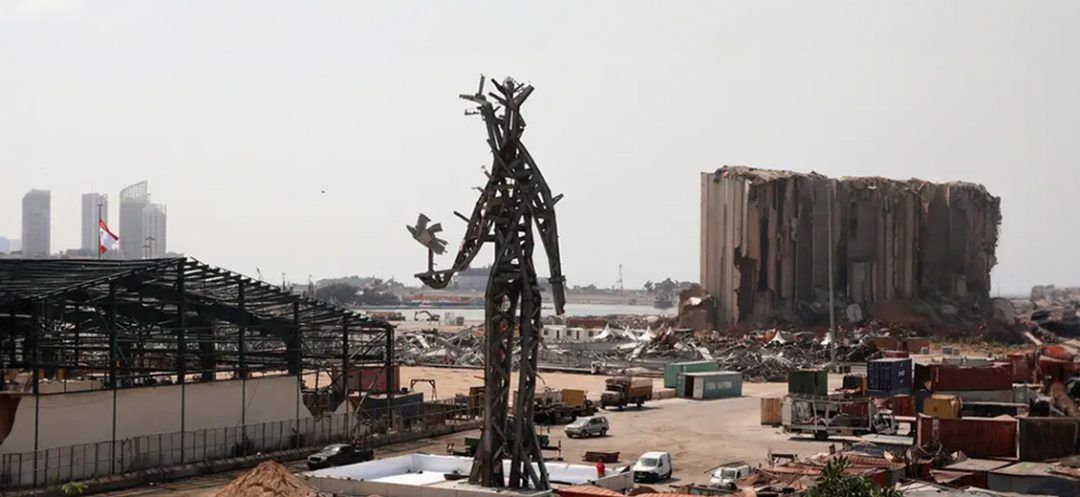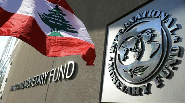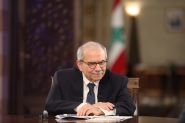
Since the August 4, 2020 explosion, the reconstruction of the Port of Beirut has become the focal point of significant interest, given its potential to generate millions of dollars. However, no tangible progress has been made so far, although an intriguing and notably pragmatic French proposal has emerged.
Since the August 4, 2020 explosion, the rehabilitation of the Port of Beirut has attracted considerable interest. Various reconstruction projects, ranging from ambitious to impractical and totaling billions of dollars, have been submitted by both local and international entities. The French shipowner CMA-CGM, the world's third-largest container carrier, had also expressed interest in the reconstruction project.
None of these proposals have materialized, and debris still clogs a substantial part of the area. Consequently, caretaker Minister of Public Works and Transport, Ali Hamiyeh, has turned to France for the development of an achievable plan that aligns with Lebanon’s financial situation.
Consequently, France unveiled in March a government-backed proposal crafted by Artelia, Egis, and EDF for the energy aspects, in coordination with the Lebanese Ministry of Transport and port authorities. This plan, slated for completion within three to four years, outlines investments ranging from $50 to $80 million to rebuild, rehabilitate, and redevelop the area between the container terminal and the military base. The project encompasses the entire port area, excluding the container terminal operated by the French transport giant CMA CGM since March 2022.
Minister Hamiyeh has approved the plan, which proposes that the port's revenue, approximately $150 million, be used to fund the necessary investments.
However, this remains a proposal at this stage. Key steps need to be taken by the Lebanese side to implement the plan, such as clearing debris, securing financing, and reforming port governance. These processes will rely on an exchange of expertise.
Furthermore, the Lebanese authorities need to initiate the necessary tenders to award the work and bring the port up to international standards.
The plan consists of three parts: the rehabilitation and repair works; the revision of the port's layout and internal traffic routes to optimize their functioning; and the installation of photovoltaic solar energy systems to provide the megawatts required for the infrastructure’s operation.
The plan also envisions building a grain storage facility and a passenger terminal, developing the basins, and reorganizing the access to the entire port area.
For information, France has already invested €7 million in the port's revitalization. In this framework, it is crucial to recall that France considers the Beirut port reconstruction a top priority and a cornerstone of Franco-Lebanese cooperation.
Read more



Comments